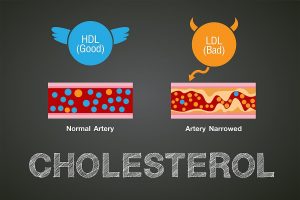
Many young U.S. adults are estranged from their parents, at least temporarily — with the father/child bond being especially fragile. Those are among the findings of a new national study that tracked thousands of parent-child relationships from the 1990s to recent years. Researchers found that one-quarter of young adults were estranged from their fathers at some point — four times the number who reported broken ties with their mother. Often, those relationships got back on track to some degree, but reconciliation was less likely with fathers: Of adults who were estranged from their mother at some point, 81% got back in contact; that compared with 69% of people who were estranged from their father. One of the messages from the findings is that family estrangement is common — and not a sign of failure, according to the researchers. “There is a lot of shame and silence around family estrangement, but in my view estrangement isn’t inherently good or bad,” said Rin Reczek, a professor of sociology at Ohio State University. Most often, Reczek said, it’s the adult child who breaks ties, rather than the parent. And there may be many reasons. “As children grow up, they start making choices regarding independence for themselves, and sometimes this includes cutting off or significantly reducing contact with parents for their own healing,” Reczek said. In other cases, someone… read on > read on >
























-300x200.jpg)













